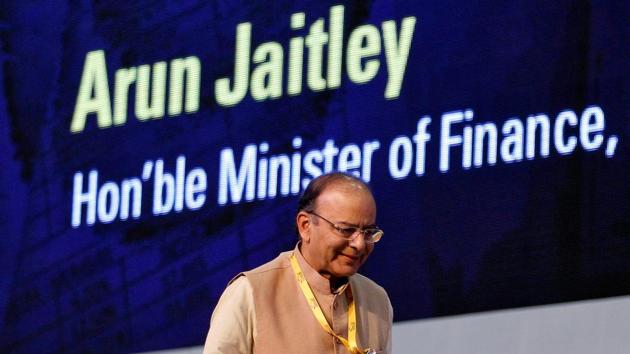The first GST tax lists have struck the right balance
Most nations that have implemented GST have seen an initial rise in prices. Some governments have even fallen as a result of these tax changes.
India moved a step closer to its tryst with financial destiny with the GST Council slotting thousands of products and services into the five different tax slabs. The government has sought to balance two different sets of objectives. One is to tax enough products at sufficiently high rates so that the revenue base of the government expands as the larger economy does. The other was to try to keep prices and consumer inflation as a whole from spiking as a number of sectors, especially in the services, are set to experience higher rates.

The rates announced indicate the latter goal has dominated government thinking. Politically it is the impact on prices that matters. Almost every country that has introduced a GST-type tax reform has seen prices increase initially. Some governments, for example in Canada, have fallen as a consequence even though the reform was later hailed as a macro-economic success. There is an additional policy concern. With the Reserve Bank of India already skittish about inflation, a GST price spike would make it even more unwilling to consider reducing interest rates. The uncertainty that surrounds the consequences of GST is arguably the single greatest political danger facing Prime Minister Narendra Modi as he begins his fourth year in office.
On the face of the preliminary tax lists that have been released, the government seems to have tilted the balance in favour of holding down prices. Almost all primary food articles attract no tax at all. Finance Minister Arun Jaitley says 60% of the items presently taxed at 32% – a composite of the several taxes that GST will be replacing – will be reduced at four percentage points less. Almost everything that the average Indian uses when it comes to products will be taxed at 18% or below. Even the expected sting in the GST tail of higher service taxes has not occurred with many sectors being taxed lower than the existing service tax.
The government is nervous that industry will not necessarily pass on the tax benefits to consumers, preferring to pocket the gains – hence the anti-profiteering clause in the GST law. However, this will be difficult to enforce and a key reason will be the sheer multiplicity of rates. In addition, GST will result in enormous restructuring of national supply chains and industry will need to offset that cost. GST’s impact on the economy will unfold over many years and it is likely to be immensely positive. Its impact on the nation’s politics, however, will be immediate and revolve around how it plays out at the shop level.



